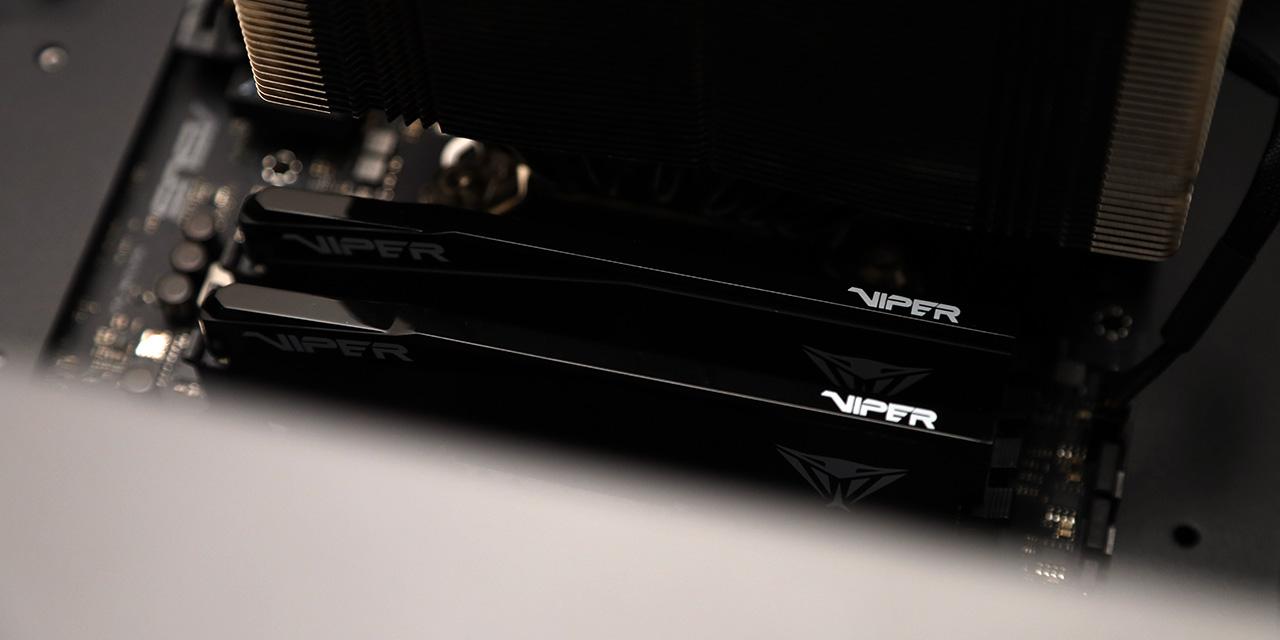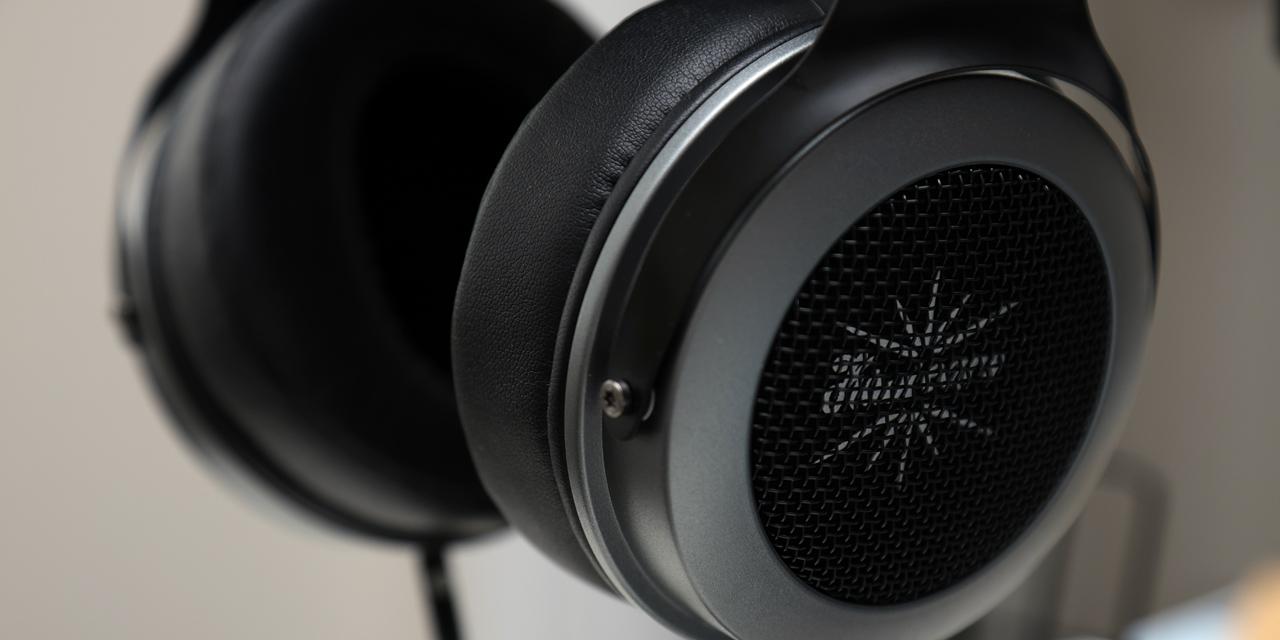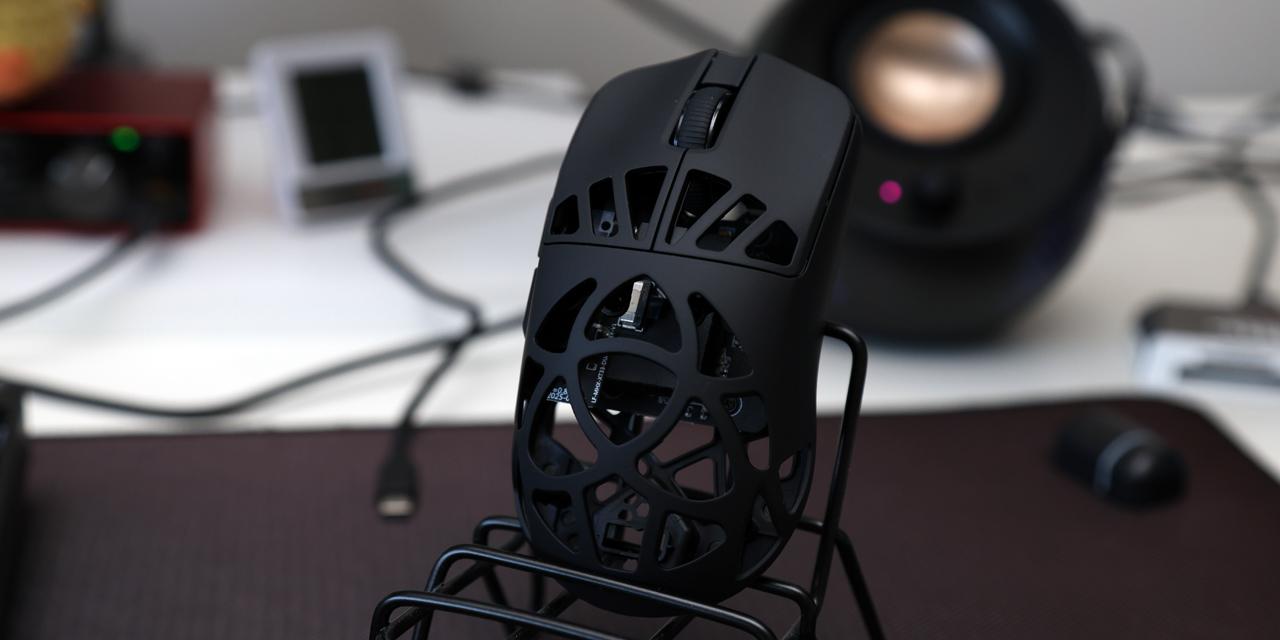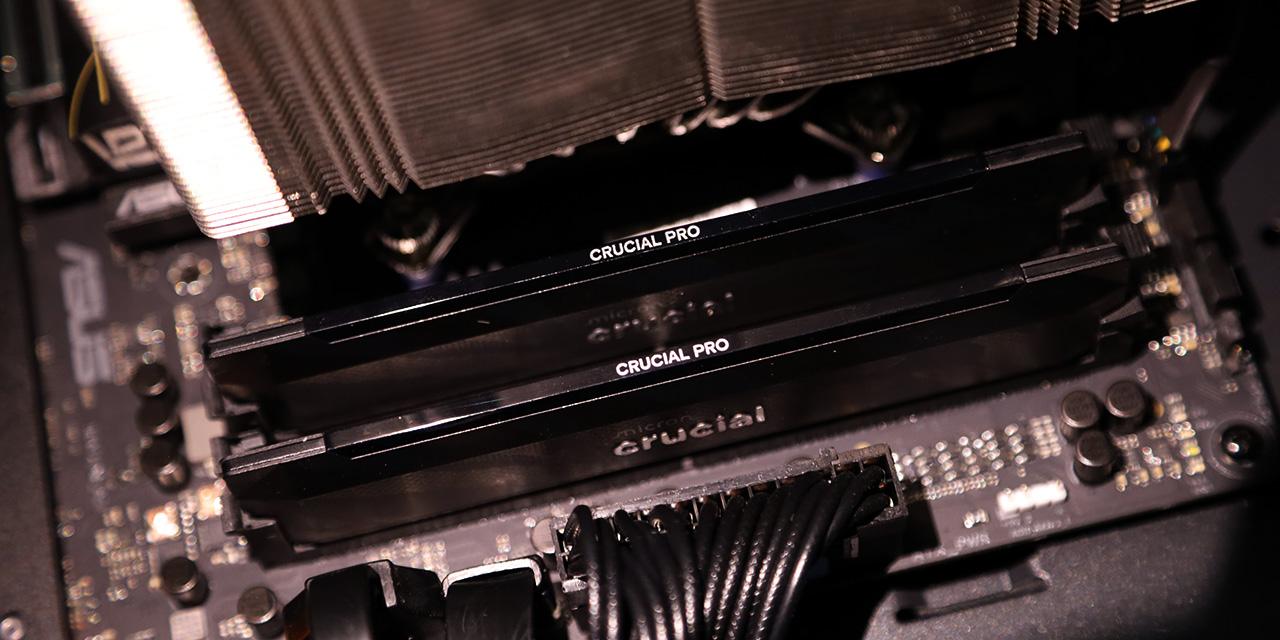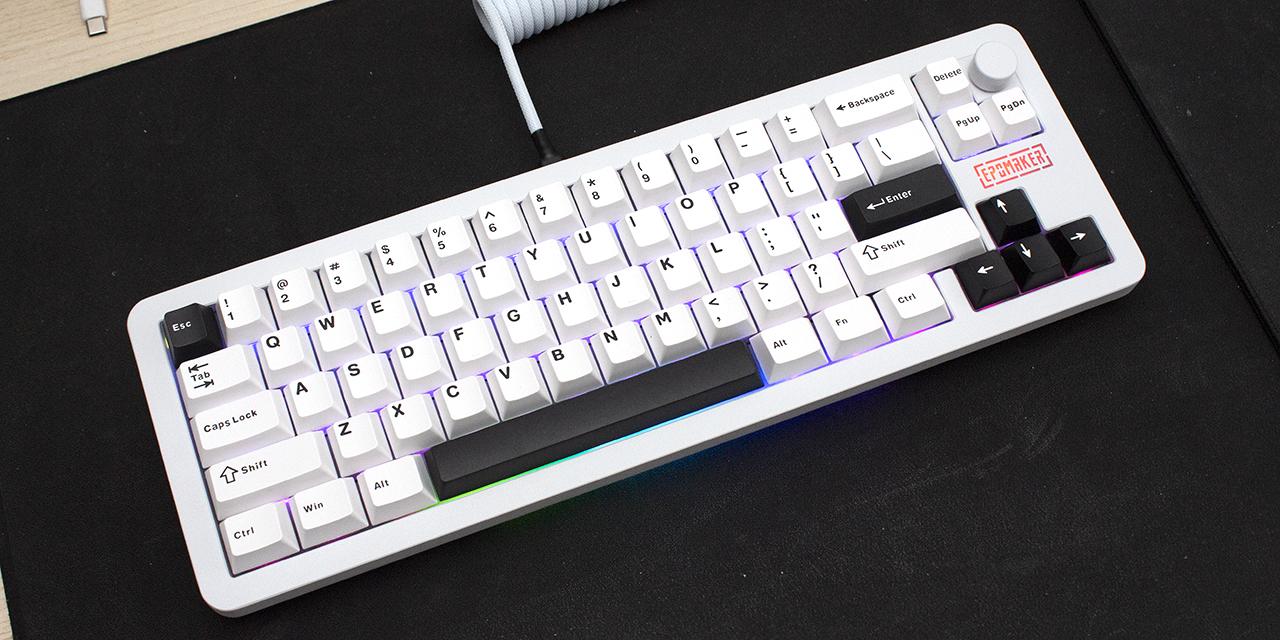Page 3 - Performance Tests


To evaluate the performance of the Noctua NF-A14x25 series fans, we used the APH Networks proprietary testing method, developed in-house. This ingenious approach offers an affordable way to assess fan performance using just tissue paper and tape. The test results provide a qualitative measure of airflow, airflow consistency, and the static pressure generated by the fan. The experimental setup was simple. As depicted in the above photos, a piece of tissue paper was placed on top of each fan, naturally falling onto the outlet side where the motor assembly is positioned. The fans were placed near the edge of a table to minimize the effect of reflected airflow on the results. After powering on the fans, we assessed airflow, consistency, and static pressure by observing the tissue paper's behavior. Tests were conducted at all available RPM levels, but for this review, only the photos of the fans at maximum RPM are shown, representing their best possible performance in terms of airflow and pressure.
The photos above illustrate the test outcomes in detail. For comparison, I tested the NF-A14x25 G2 PWM and NF-A14x25 G2 LS-PWM models. Since the NF-A14x25 G2 PWM Sx2-PP is a set of two NF-A14x25 G2 PWM with a slightly offset speed of about 25RPM, its performance is identical to the regular NF-A14x25 G2 PWM, therefore was not tested separately.
In the photos, the G2 PWM variant is shown on the right, while the G2 LS-PWM fan is on the left. As observed, the G2 PWM fan generated enough static pressure to hold the tissue paper, particularly on the left side, nearly parallel to the ground. This indicates strong and consistent airflow through the blades. However, the tissue paper dipped slightly on the right side for both fans, suggesting a minor reduction in static pressure in that area. The G2 PWM fan produced substantial airflow, lifting and maintaining the rear end of the tissue paper in an elevated position, which highlights its ability to create a stable flow even at maximum output. While the tissue paper remained relatively stable, minor vibrations were observed at its far end. These were caused by turbulence along the edges of the paper -- a natural effect given the material’s light weight and flexibility. This slight fluttering is not a reflection of poor fan performance, but rather the sensitivity of tissue paper to small airflow irregularities. Overall, the PWM fan excelled in maintaining both airflow and static pressure, showcasing its efficiency and reliability under typical usage scenarios. In contrast, the NF-A14x25 G2 LS-PWM fan struggled to lift the tissue paper up, primarily due to its reduced rotational speed designed for quieter operation.
The noise performance of the NF-A14x25 G2 PWM series fans was particularly impressive, thanks to three key design features. First, PWM modulation allows the fan to dynamically and precisely adjust its speed, minimizing unnecessary noise. Second, the rubber pads around the mounting holes act as vibration dampeners, much like placing a vibrating phone on a soft surface instead of a hard one. Finally, the SSO2 bearings ensure smooth and quiet operation. At APH Networks, we evaluate noise levels on a scale of 0 to 10, where 0 represents absolute silence and 10 is the loudest. At full speed, the NF-A14x25 G2 PWM and G2 PWM Sx2-PP earns a rating of 2.0/10, while the G2 LS-PWM scores an even quieter 1.5/10. Testing the G2 LS-PWM with its low-noise adapter resulted in an exceptionally silent performance, earning it a remarkable rating of 1.0/10 -- making it the quietest fan I have ever tested. I did not notice any harmonics between the G2 PWM Sx2-PP, as intended, but I could not honestly say I ever had an issue with non-speed offset fans either. Overall, the NF-A14x25 G2 series fans deliver ultra-low noise levels, making them an excellent choice for environments like bedrooms, where 24/7 operation demands minimal disturbance.
Page Index
1. Introduction, Packaging, Specifications
2. A Closer Look - Hardware and Software
3. Performance Tests
4. Conclusion
